Representing Vietnam, Mr. Bui Trung Thuong, Commercial Counselor, Vietnam Trade Office in India attended and spoke at this event.
Mr. Thuong emphasized the great potential in textile cooperation between Vietnam and India, especially in the context of the United States applying reciprocal tax policies that are likely to have a profound impact on the export activities of both countries to the US market.
According to Mr. Thuong, Vietnam is the third largest textile and garment exporter in the world with a turnover of 44 billion USD in 2024, while India is the leading supplier of raw materials, especially cotton and cotton yarn. Vietnam currently depends on 65% of its input materials from China, so increasing cotton and yarn imports from India will not only help diversify the supply but also reduce raw material costs by 22-27% thanks to tax incentives within the framework of the ASEAN-India Free Trade Agreement (AIFTA).
To promote cooperation, Mr. Thuong proposed three specific initiatives: (i) Establishing a joint investment fund of 500 million USD to build spinning mills in southern India and northern Vietnam, along with a smart fabric research center in Ho Chi Minh City and Bangalore; (ii) Signing a Bilateral Preferential Tax Agreement to help businesses of the two countries reduce import and export costs and increase competitiveness; (iii) Establishing a Vietnam - India Textile Innovation Fund (VITEX) to finance joint research projects on green technology, technical textiles and recycled materials.
India currently has a huge demand for high-end polyester fabrics worth around $1.2 billion per year, while Vietnam can import shuttleless looms from India, which are 30-40% cheaper than those imported from Europe. Leveraging technological strengths and complementary market demand will create efficient two-way supply chains.
The new US reciprocal tax policy will increase the cost of textile and garment exports for both Vietnam and India. This requires the two countries to quickly adapt through regional cooperation strategies to minimize risks from traditional markets and expand to FTA markets such as the EU, Japan, and South Korea.
In the context of the restructuring of the global supply chain, Mr. Thuong's statement sent a clear message: "Vietnam - India cooperation is not only an opportunity, but also a survival strategy for both to overcome fluctuations and lead the wave of green, sustainable growth in the global textile and garment industry."
Source: https://moit.gov.vn/tin-tuc/thi-truong-nuoc-ngoai/co-hoi-hop-tac-giua-viet-nam-va-an-do-trong-nganh-det-may-truoc-bien-dong-toan-cau.html


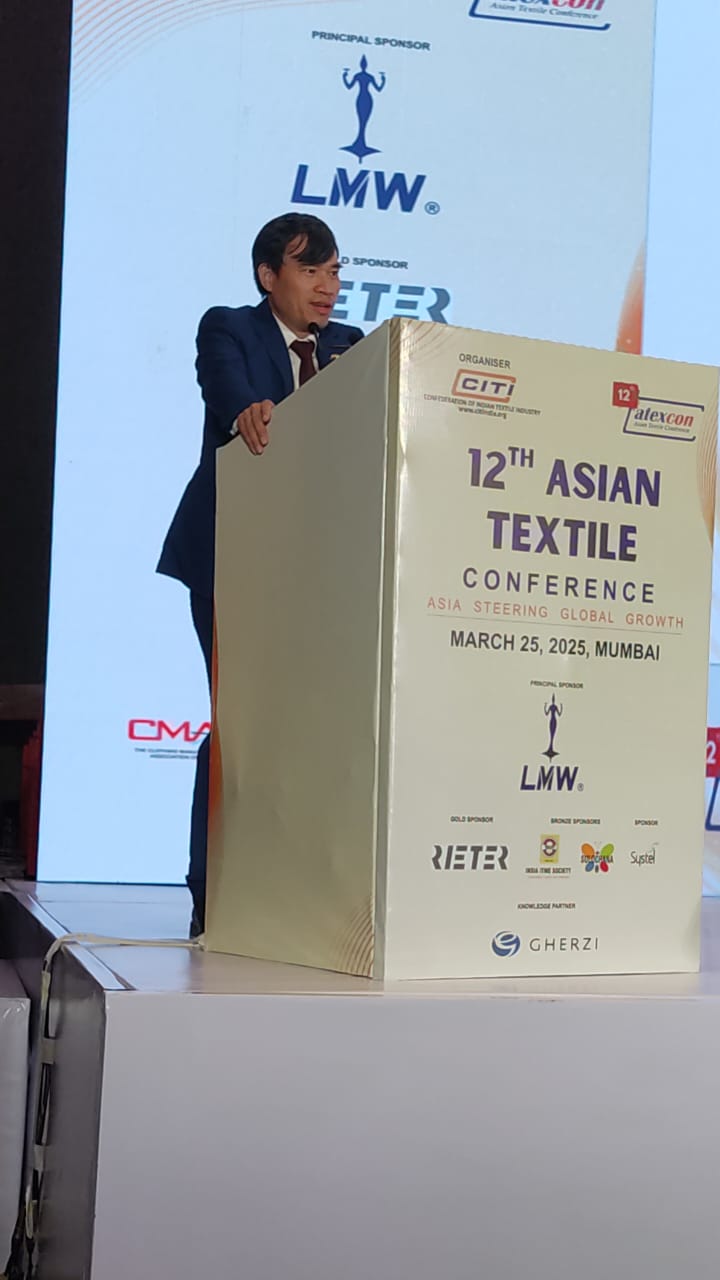


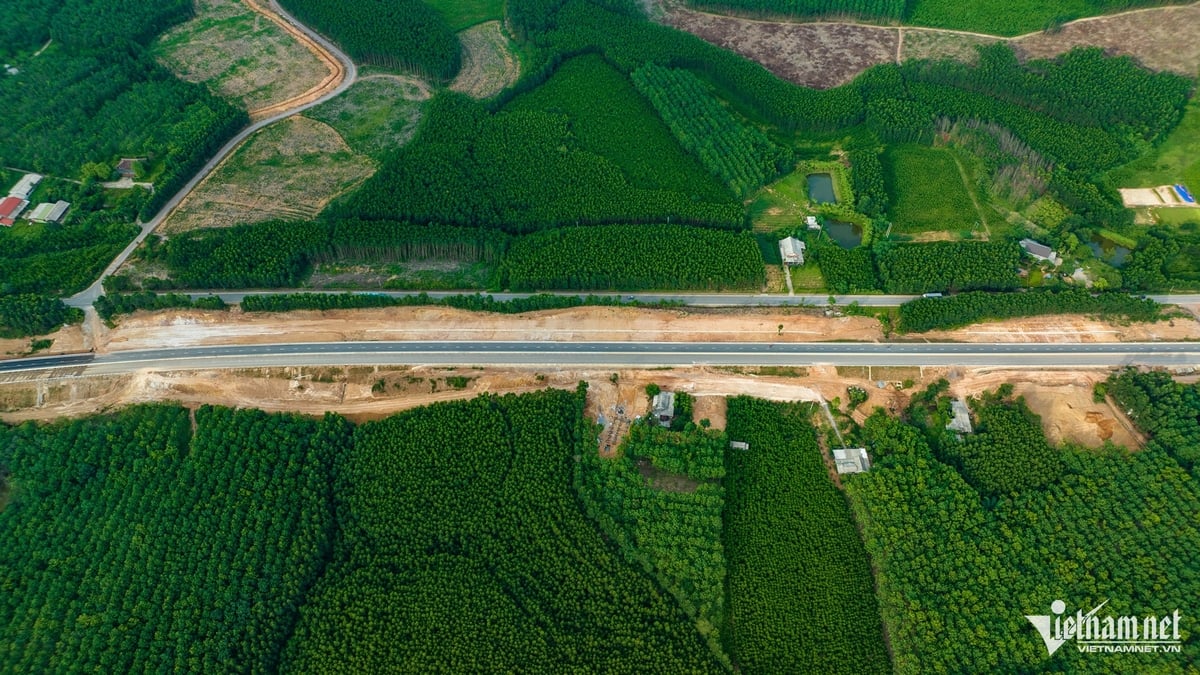




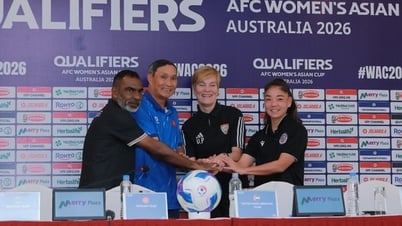


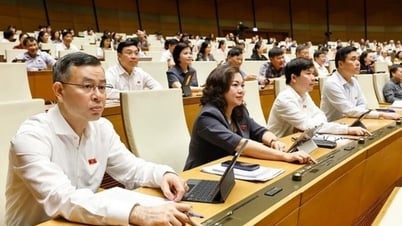

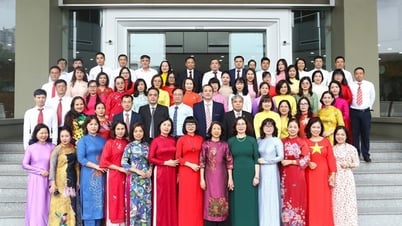
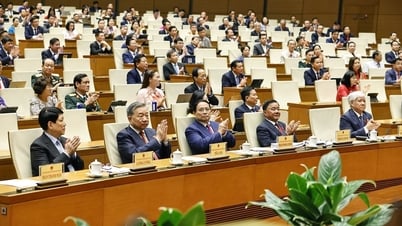

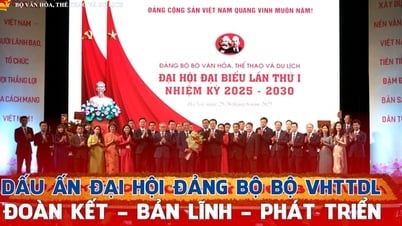







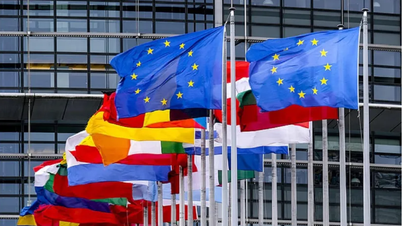

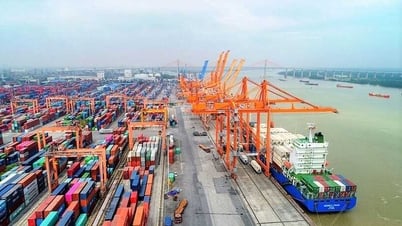



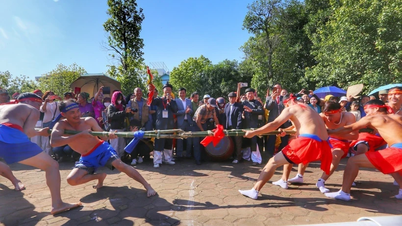

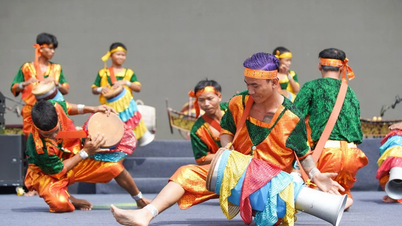
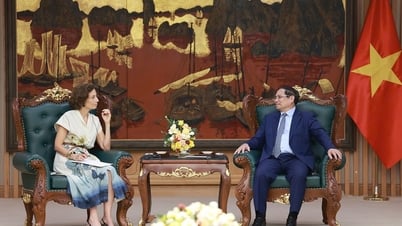

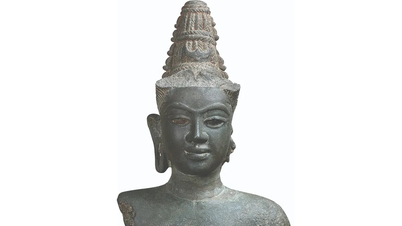

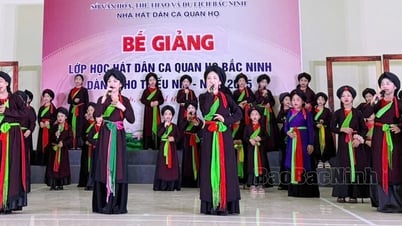







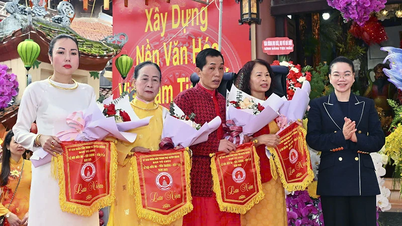
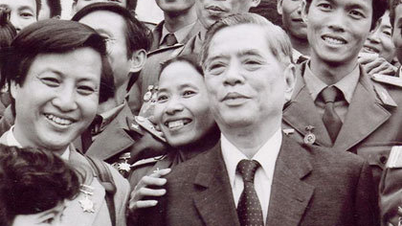
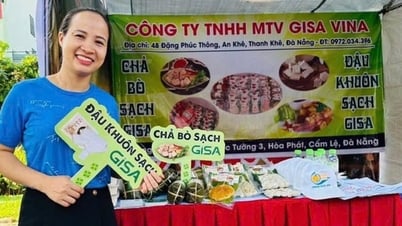



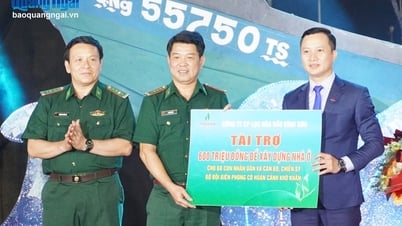
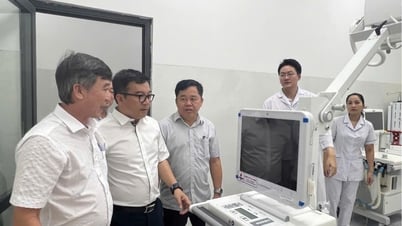
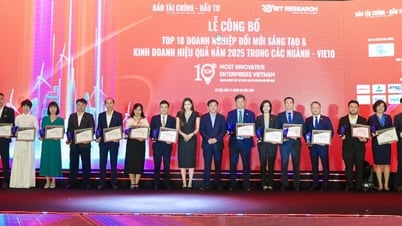
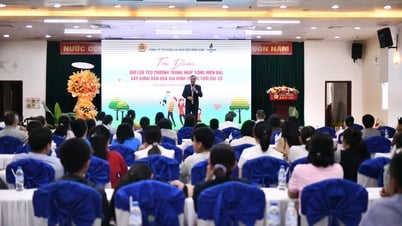

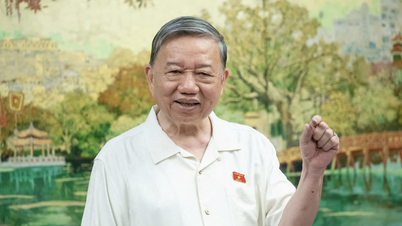


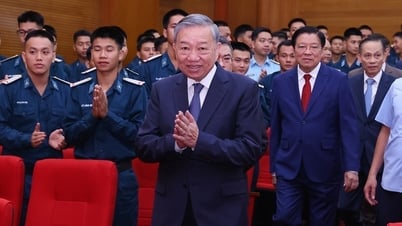


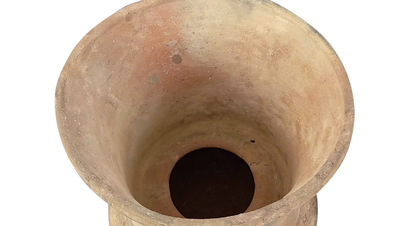

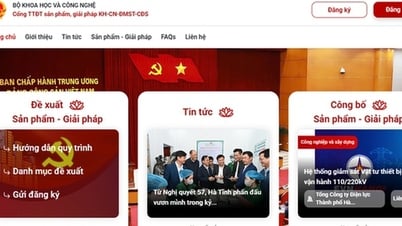
![[Infographic] Circular guiding the functions, tasks and powers of the provincial Department of Culture, Sports and Tourism and the commune-level Department of Culture and Social Affairs](https://vphoto.vietnam.vn/thumb/402x226/vietnam/resource/IMAGE/2025/6/29/877f24989bb946358f33a80e4a4f4ef5)
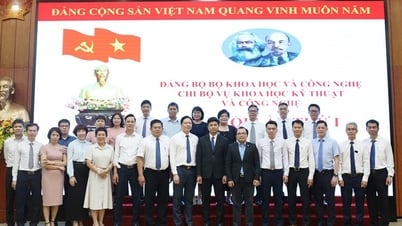
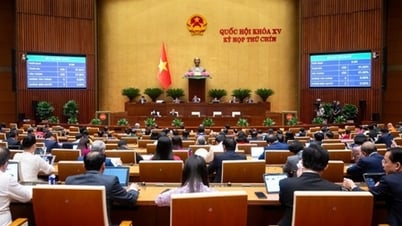
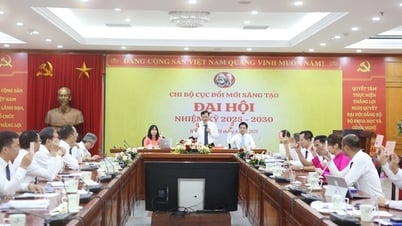
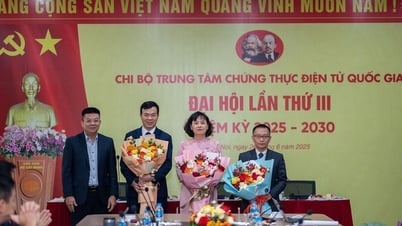



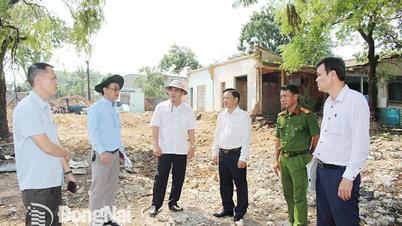

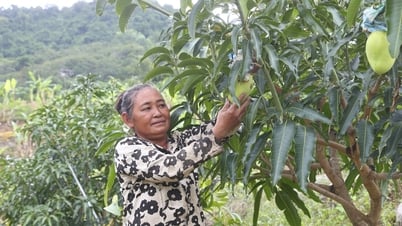




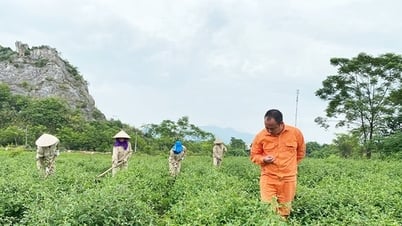

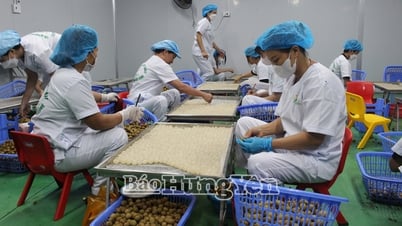

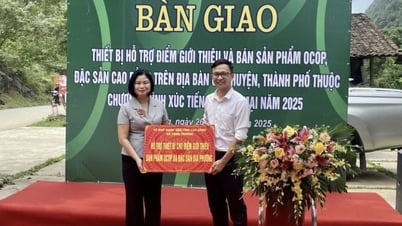

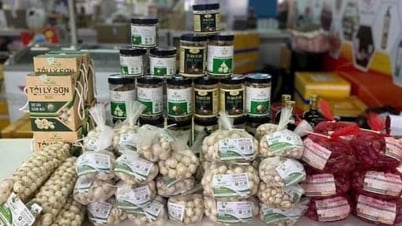


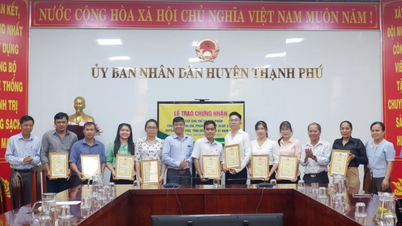


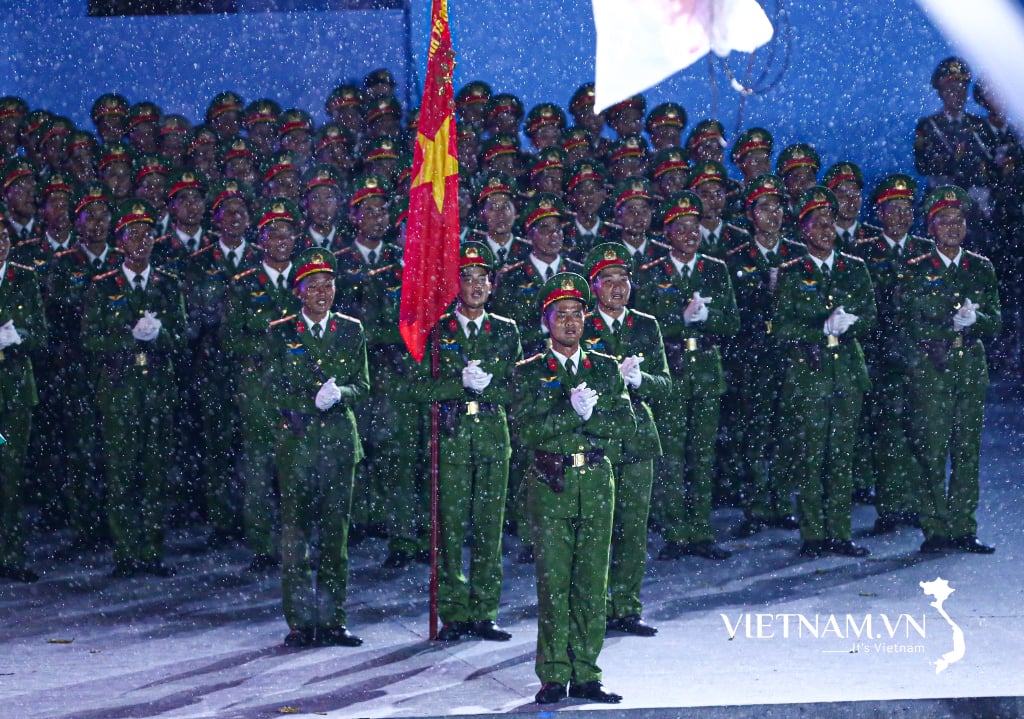

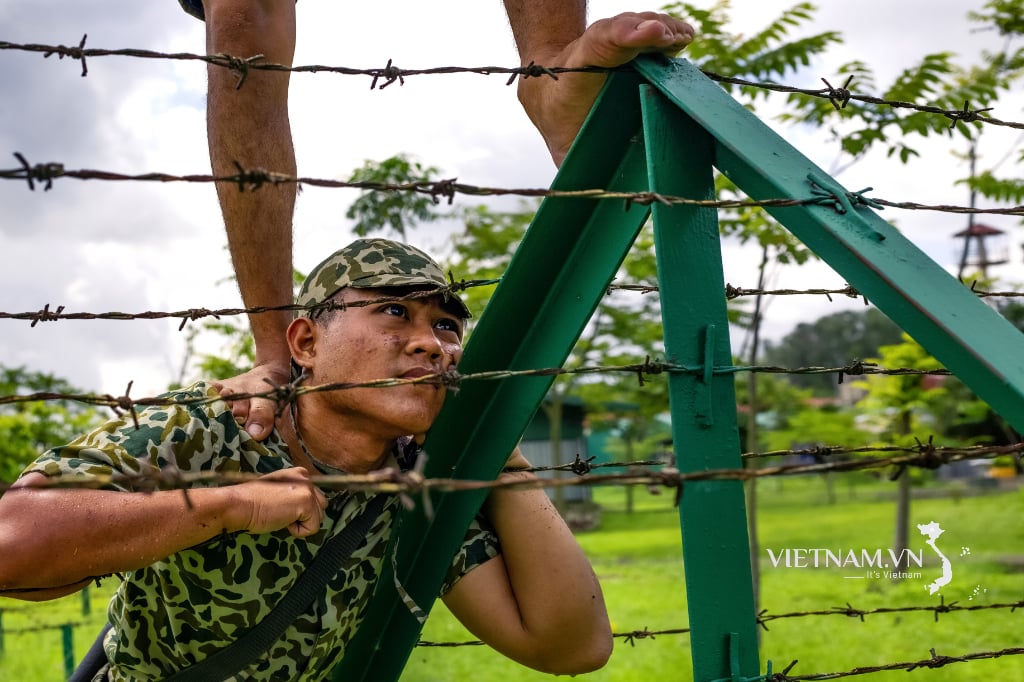

Comment (0)